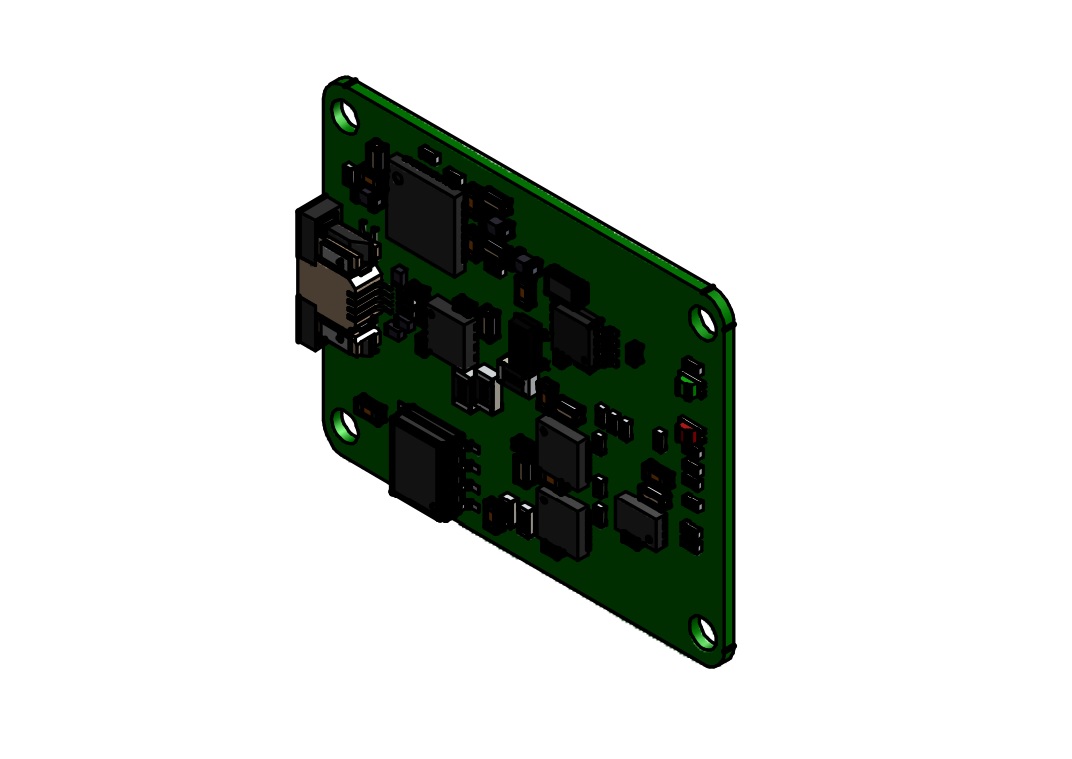 |
|
Application 318
Rheometer Torque Measurement
Application Summary
Determining the viscosity and rheological properties of a fluid, such as paints, oils, and adhesives, requires a rheometer. In this case, a rheometer with a rotational cylinder is used to measure material shear at various rotational velocities. Accomplishing this requires a torque sensor to measure torque generated as the fluid is spun.
Products in Use
One TFF425 Flange-to-Flange Reaction Torque Sensor paired with Instrumentation (USB220, USB520, IDA100, or IDC305) |
 |
|
How it Works
|












